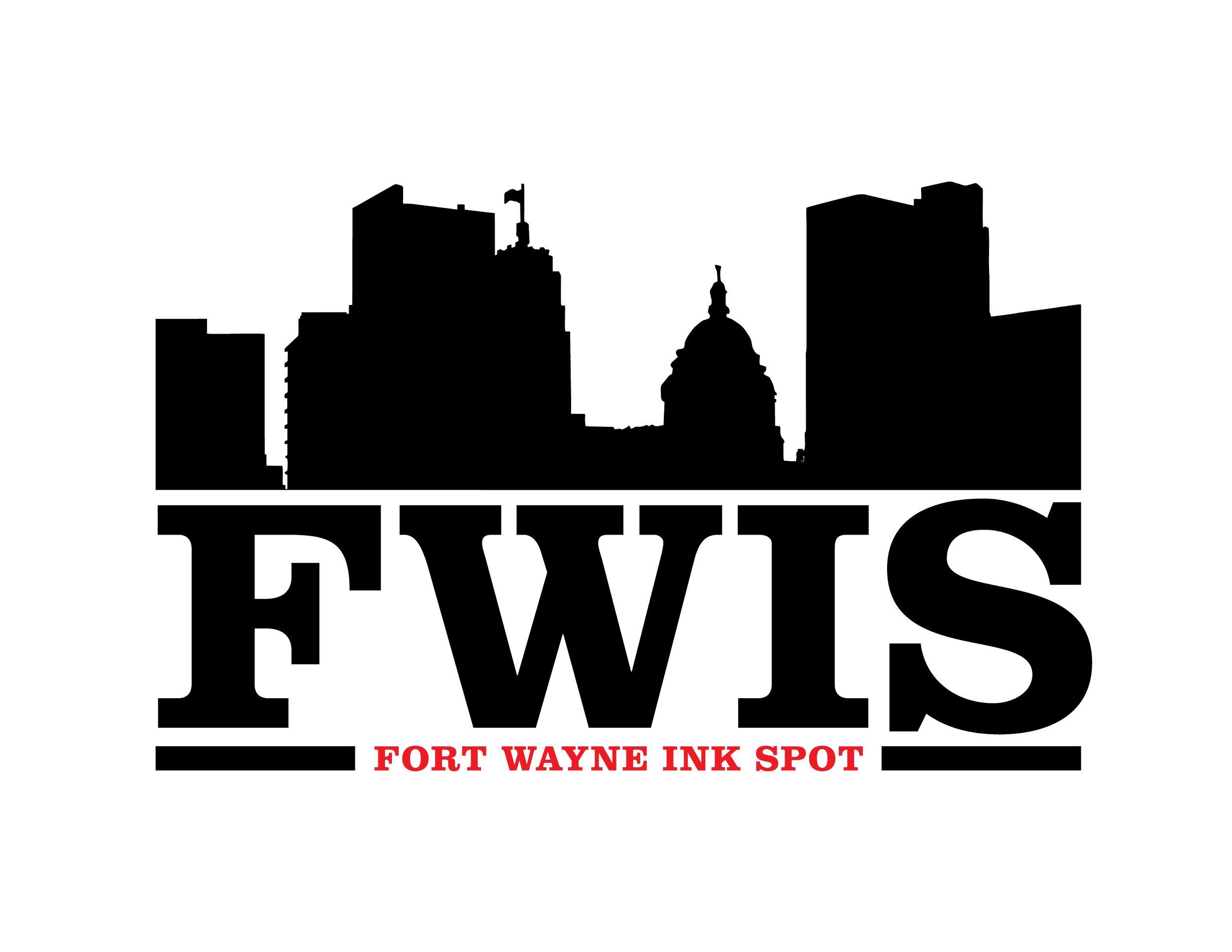In Touch With Our Backstory, Part III

The Land, the Community, the Church, and the Cemetery
By Betty Miller Buttram
FWIS Contributing Writer
THE LAND
During the pre-Civil War era, there was land situated by a small flowing body of water called Willett Branch Creek in a wooded area in a section of Maryland northwest of the Washington, D.C. line. It is now known as Potomac and Bethesda, Maryland. Running alongside this creek was a “river road” which later in time developed into a large thoroughfare currently known as River Road. There were large farms and plantations in this area. Lots of land for farming and tobacco planting was purchased by farmers who supported the land with slave labor. After the Civil War and without the slave labor to help them with their crops, the farmers began to sell their land in small and sometimes large parcels. Land deeds changed so much during that period that the free slaves were able to buy land from the farmers. The land that they purchased was marshy, wooded, with poor soil unfit for farming; but the free slaves took this land and made it work by producing enough food for their families.
THE COMMUNITY
This African American community began to thrive as they found work during the years at the C&O Canal, a government animal research station and work at a quarry near the Willett Branch Creek. As Potomac and Bethesda, Maryland were growing, the members of this community named Westbard helped in building local roads and homes in surrounding communities. Transportation needs were provided by two electric railways and the Metropolitan Branch Southern railroad. This transportation provided industrial and residential growth in the area which increased employment opportunities for the folks living in Westbard. By the 1912-1913 school year, a segregated school was established to serve the children of this community. The residents founded, served as trustees and taught at the River Road Colored School. In 1925, the Rosenwald Foundation constructed a new school, and it was in operation until 1955, when Montgomery County public schools were desegregated. By the 1950s, the community had grown to 25-30 families. There was a swimming hole at the quarry, a semi-pro baseball team called the River Road Lions and the Sugar Bowl tavern. With all of that going on, the community needed the spiritual guidance provided by local ministers which resulted in the founding of the Macedonia Baptist Church on today’s River Road in Bethesda, Maryland.
THE CHURCH AND THE CEMETERY
Macedonia Baptist Church was established in 1920 and had various locations in Bethesda until it moved to the River Road community in 1936 where it still stands today. Parishioners came to the church from other black enclaves in the Bethesda area such as Seneca Creek, Scotland, and Cabin John. Like most black churches, cemeteries were behind the church.
To serve and assist the large African American community for burials in these cemeteries, the White’s Tabernacle #39 Cemetery was created in 1911 by the Ancient United Order of the Sons and Daughters, Brothers and Sisters of Moses, an African American fraternal society. The society served several black enclaves within Montgomery County. There was a cemetery for the people who lived in the Westbard community, and it was situated on the property of Macedonia Baptist Church and became known as the River Road Moses Cemetery.
During the late 1950s and early 1960s, development came to the area and demands for this land, which included the Westbard community, became so great that the land and deeds changed hands so many times that Westbard disappeared. The church remained with the cemetery behind it. River Road during these times became a busy business section which included gas stations, self-storage buildings, and a tall radio tower. A prominent local surgeon, and others with money for profit, purchased more than 20 acres of wooded land along and behind the Willett Branch Creek (Westbard). A well-known Washington D.C. architect designed a 15 storied building with apartments on the upper floors and the lower levels for the offices of a federal government agency. This building is behind Macedonia Baptist Church and a paved parking lot covers the graves of the deceased buried in the River Road Moses Cemetery.
During the construction of this apartment complex, the architect’s son recalls that his father and a family priest took burlap bags with bones from the construction site to another historical black cemetery in rural northern Montgomery County where his father dug a makeshift grave, buried the remains and the priest blessed them. Another youth recalls that whenever they found a body a whistle was blown, and they shut the job down, but that whistle blew often. He also remembers hearing talk that the human remains found were pushed down a steep slope toward a storm sewer so that excavation could resume.
Today, Macedonia Baptist Church is battling a new developer who wants to build on that paved parking lot and doesn’t want to listen to the call of the black community not to do that. The church is saying that the least the Montgomery County government can do is put up plaque like the one in Manhattan when the bones of the buried African American were found during an excavation.
It’s an ongoing battle and always will be that way when money outweighs decent humanity.
Stay In Touch for the last part of Our Backstory.
